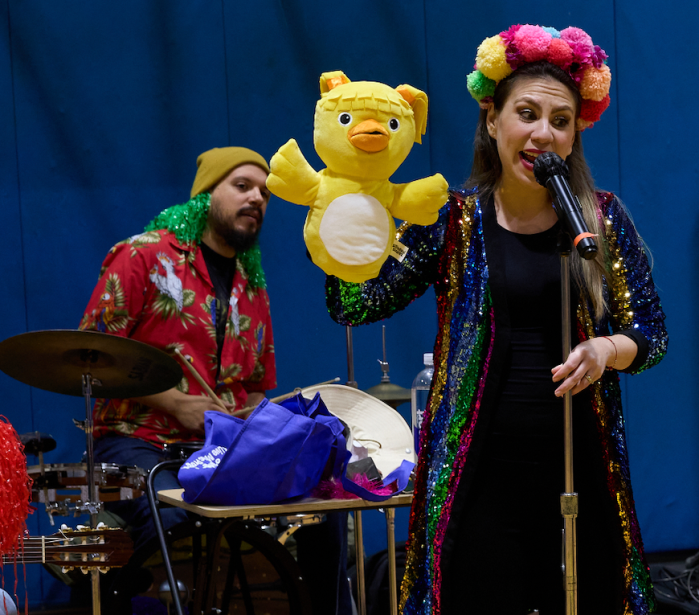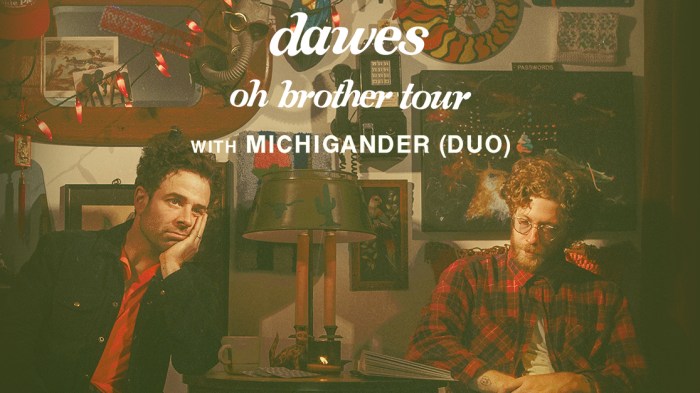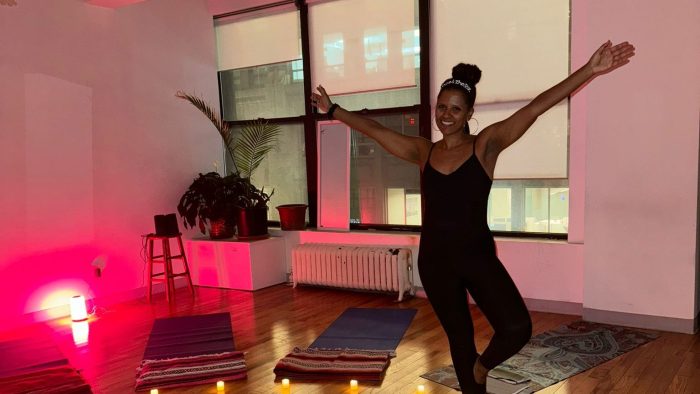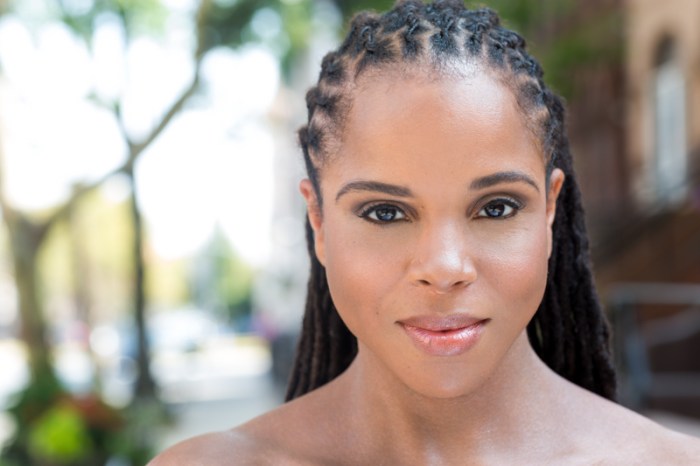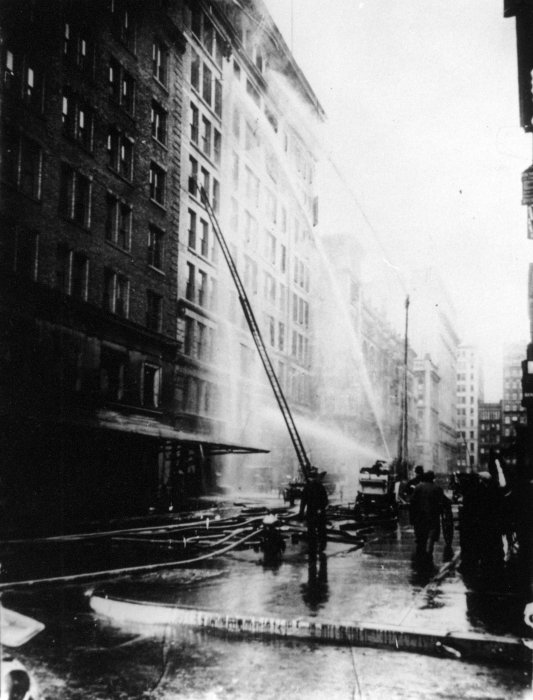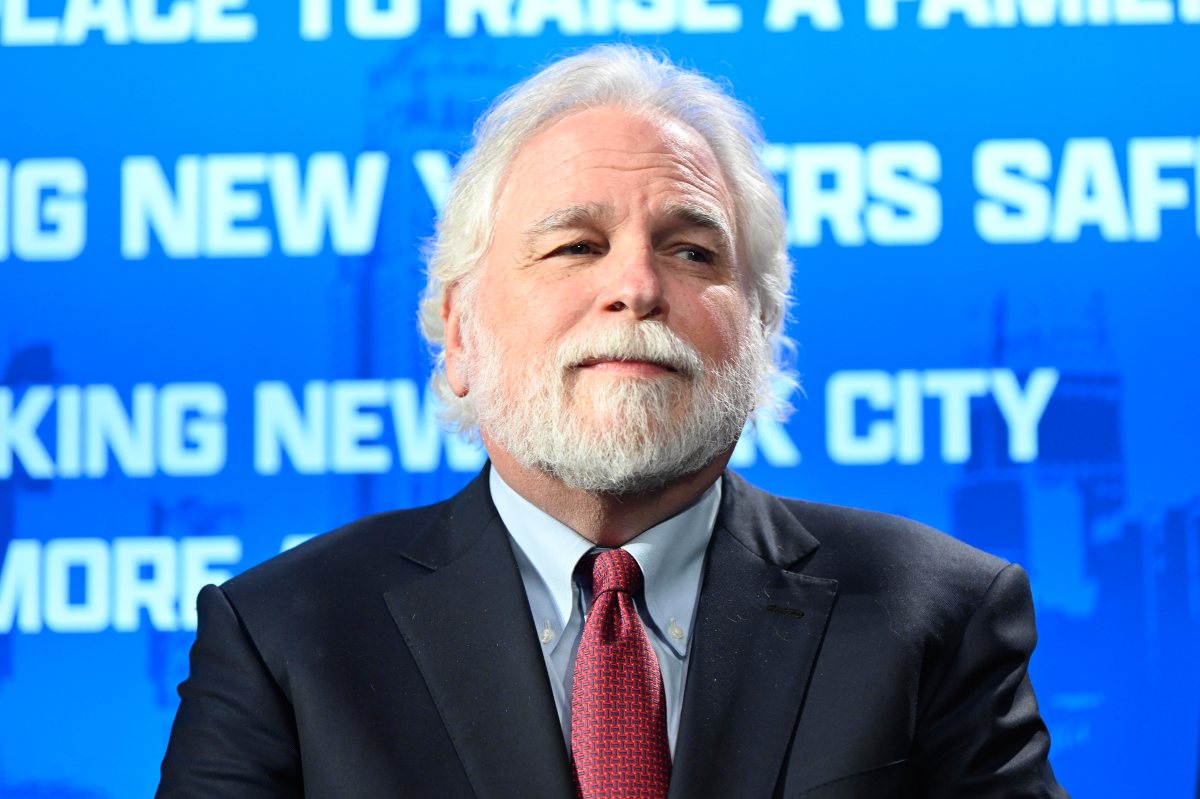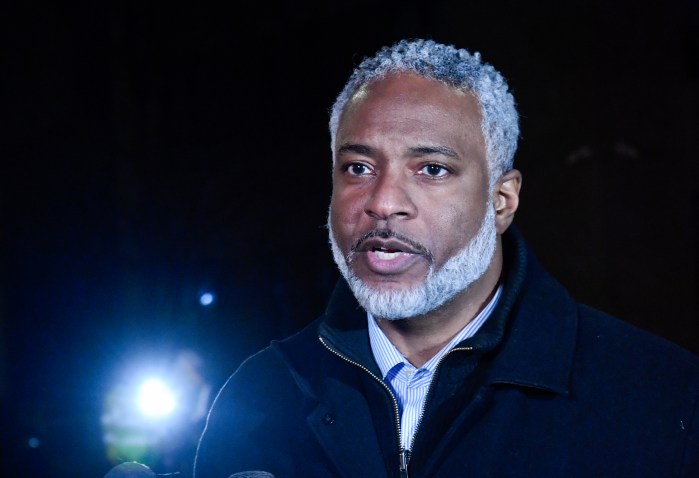We continue to hope the critical-mass level has been reached in the many instances of reckless exercise of police authority directly or indirectly causing loss of life to persons of color. And we continue being disappointed that the fury ignited by each new episode of arbitrary or ill-conceived handling of situations leading to those awful consequences just doesn’t seem capable of preventing an already horrific chain of events from getting worse. It’s scary business, for sure, the idea that not even the mammoth news coverage generated by every unsettling occurrence is sufficient to give pause to law-and-order types evidently prone to respond in devil-may-care fashion when the test comes.
The roll call of earlier victim of out-of-control police reaction to what typically have been low-grade causes for police intervention has more recently been enlarged, the behavioral pattern on the law enforcement side amazingly holding firm. To the shock waves induced by stories surrounding the likes of Eric Garner in Staten Island, Walter Scott in South Carolina, Freddie Gray in Baltimore… we have lately been given reason for revulsion afresh with the demise of a Sandra Bland in Texas or Samuel DuBose in Cincinnati.
The official line on Bland, who reportedly was found hanging in a jail cell after she inexplicably wound up there following the most routine of traffic stops, is that she committed suicide. In what God-forsaken jurisdiction does one get thrown in jail after being stopped for allegedly failing to signal a lane change? Whether the Texas trooper who initiated all this bears responsibility if this young woman indeed took her own life seems pretty much a no-brainer. In the bizarre and brutal death of DuBose, shot by a University of Cincinnati police officer after being stopped for having no license plate at the front of his vehicle, even the officers’ superiors claimed to be dumbstruck at this cop’s incalculably stupid escalation of a rather benign event into headline-making tragedy. The guy never should have been a cop, one of those superiors said. How nice of him, to let the people know this!
Look, as we’ve said here before, this explosion of unwarranted black deaths at the hands of cops has obviously been enough of an alarm signal for triggering, in law enforcement authorities across the country, a serious review of the human stock being deployed to maintain the peace. If, instead, what we have betrays a deliberate indifference to the underlying message in this rash of wasted black lives, hardly does it bode well for how this plays out.
Years ago, in the 1970s, there was a fine anthology series called “Police Story,” created by former cop-turned-author Joseph Wambaugh, which aired on NBC-TV. One episode of that series, “The Wyatt Earp Syndrome,” became the episode of which police departments around the country requested copies more than any other, as a training tool. The episode dealt with the swagger in speech, in walk and general demeanor that overcame many a recruit once he graduated from the police academy and a badge and gun became part of his get-up. One has little reason to doubt that the Wyatt Earp syndrome continues to exist today. Throw into the mix the element of racial bias that we know to be also inescapable, to whatever extent, in police circles and you have a sure-fire toxic brew in place.
Which is to say that, if not before, certainly with the ongoing incidents of white cops interacting with persons of color in circumstances that have no business turning explosive, there can be no excuse for police authorities not bringing heavy-duty focus to the sensitivity issue in the training of personnel. Resistance to doing so is suggestive of a desire to have this societal blotch endure.
We cannot be unmindful, either, of the key role video evidence of police wrongdoing has played in exposing the problem to a degree it previously wasn’t. That university cop in Cincinnati the other day was determined to lie his way out of gross misconduct, until video evidence got him fired and charged with murder. But we need be aware, too, of elements in the society who are none too enamored of today’s ubiquitous video devices, who would prefer yesterday’s status quo when concealing misdeeds was a lot easier. And we should be alert also that the idea of putting clamps on civilians’ videotaping of cops on duty has already entered the political discourse — and that there are among the folks who “run things” those who would rather there was less, not more, of what we the people were privileged to know.



